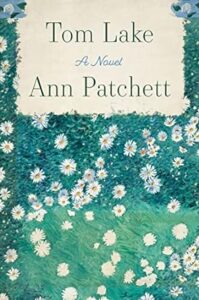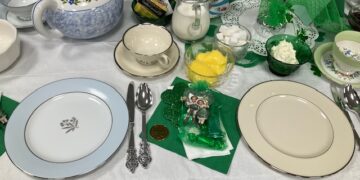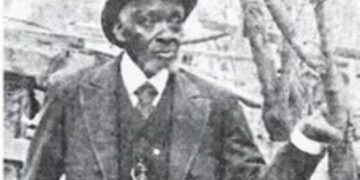For over twenty-five years, Ann Patchett has written novels that explore the concept of family in the modern world. Her novels like those of Gail Godwin and Lee Smith have gained both critical approval and wide readership. Although born in Los Angeles in December 1963, Patchett grew up Nashville, Tennessee, and currently lives there with her husband Ken VanDevender, a surgeon. Patchett continues to write novels and essays, and, with her business partner, Karen Hayes, runs a successful independent bookstore, Parnassus.
Her novels, since 1992, include The Patron Saint of Liars (1992), Taft (1994), The Magician’s Assistant (1997), Bel Canto (2001), Run (2007), State of Wonder (2011), Commonwealth (2016), and The Dutch House (2019). Patchett has also published a memoir of her friendship with the poet Lucy Grealy, Truth & Beauty (2004); two collections of essays, The Story of a Happy Marriage (2013) and These Precious Days (2021); and two children’s book, Lambslide (2019 and Escape Goat (2020). Her latest novel, Tom Lake, came out 2023.

Patchett’s interest in family follows the tradition of many writers from the South; however, she defines family in less nuclear and regional terms than other Southern writers, and her approach seems more sophisticated than that of many of her contemporaries. Most of her fiction, in fact, is set outside the South, ranging from Kentucky to New England to Los Angeles to Philadelphia, even South America. Tom Lake is set in Michigan.
In an interview after she published The Dutch House, Patchett suggested that she might have exhausted her interest in family; however, in Tom Lake, she has continued that concern, but the family she creates in this novel, that of Joe and Lara Nelson and their grown daughters, Emily, Maisie, and Nell, is, in the present, happier than those of her earlier novels. Patchett set Tom Lake in 2020 on a fruit farm in Michigan where the Nelson daughters—all in their twenties—are waiting out the pandemic. The oldest daughter Emily, an agriculture and business major, has come home permanently to help her parents operate the farm. She and her boyfriend, the son of neighboring farm family, live together in a small house on the property. The younger daughters came home after their colleges have closed; Maisie is a veterinary student and Nell, an aspiring actress, is still an undergraduate.
Being together, as they work harvesting cherries, requires entertainment. For the first time, the daughter urge their mother Lara to tell the story of her own time as a once-aspiring actress—her one successful role was Emily in Thornton Wilder’s Our Town, a role that she first took on as a high school student; she was a success as Emily because, at 17, she was so “right” for the role. Playing Emily again in college, she is discovered by a Hollywood film director who takes her to California where she makes a Hollywood film with an Emily-like character.
Waiting for the release of the movie, Lara joins an acting company at Tom Lake, a summer theater in Michigan, where she falls in love with the charismatic Peter Duke, who later becomes a famous Hollywood star. She also meets Joe Nelson whom she will ultimately marry. Lara’s daughters, having known the outlines of their mother’s connection with Duke, are eager to hear the full story of her relationship with the recently-dead, well-known movie actor. Patchett creates a plot that alternates between describing the current hard work on the farm and the dramatic action at Tom Lake, thirty years earlier. Lara narrates the story of her experience with Duke his “saintly” brother, and her friend Pallace, telling them much of the story but relating the most private details within interior narration, an admirable technique. At the end, Maisie reacts: “It’s a good story. . .. And to think if it wasn’t for Duke we might never have asked.”
Knowing Our Town is almost essential to understanding Pachett’s novel. In an author’s note at the end of the novel, she writes, “I thank Thornton Wilder, who wrote the play that has been an enduring comfort, guide, and inspiration throughout my life. If this novel has a goal, it is to turn the reader back to Our Town. . ..” Those of us who know the play and appreciate it (as she does), applaud her tribute to it in her novel.





























